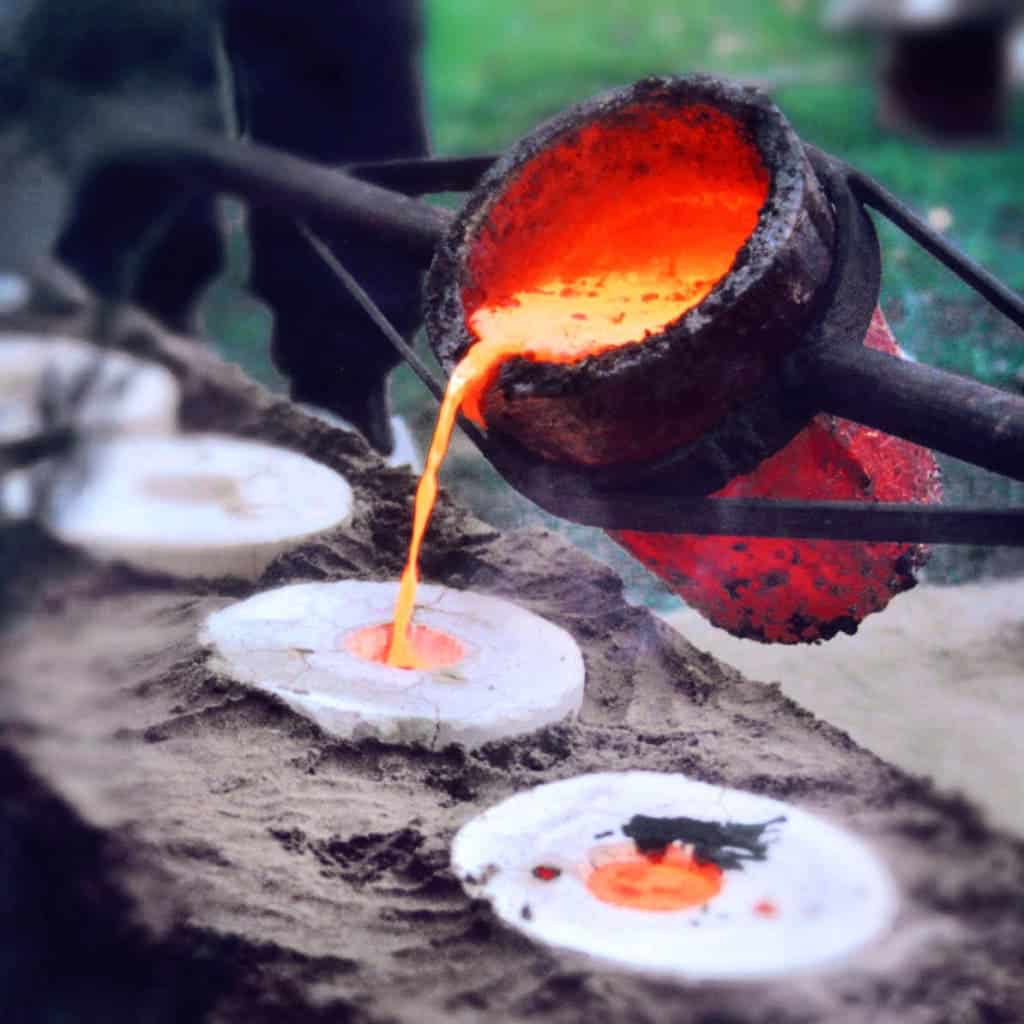We sometimes tend to think that pollution is a modern occurrence. In reality, ever since humans first settled and transitioned from a hunter-gatherer lifestyle to an agrarian society, we’ve been polluting the environment one way or another, through things like deforestation, fire, livestock farming, and metalwork. According to a new study, the first case of metal pollution may have occurred in the Balkans as early as 5,600 years ago.
The metal ages in the Balkans
In the process of exploiting mineral resources, microscopic chemical particles are released into the atmosphere from mining and smelting. These particles can settle on the surface of a peat bog, where sediment layers grow atop each other year after year. By peeling off and examining these layers, it’s possible to infer certain economic activities and when they occurred.
In our case, a team at Northumbria University, in collaboration with colleagues at the University of Montpellier and the Romanian Academy, traveled to the Crveni Potok peat bog, located on the Serbia/Montenegro border. By analyzing the ancient sediments accumulated in the bog, the researchers uncovered the first clear evidence of metal pollution originating from lead in the region, dating back to approximately 3600 BC. The lead signal is supported by the concurrent rise in charcoal concentration, which is associated with biomass burning for metal smelting.
Previously, the earliest case of metallurgy was thought to have occurred in western Europe, but the new findings published in the Proceedings of the National Academy of Sciences of the United States of America (PNAS) suggest that activity in the Balkans preceded it by at least 500 years. The Britons, for example, were still in the stone age at this time. As such, the study supports the idea that for a long time the region has been an important seat for economic and technological development in the continent. It also seems to be the birthplace of metallic pollution, which doesn’t sound nearly as glorious.
“Much of the focus in determining sources of ancient pollution has been on established sources such as the Romans or ancient Greeks, but these findings highlight the crucial role that the Balkan metallurgy has played in the economic development of the area,” said Dr. Vasile Ersek, Senior Lecturer in Physical Geography at Northumbria University.

Map of Europe indicating location of Crveni Potok (red star). Also presented are locations of major metallogenic mining regions exploited before 1,800 CE (85) and the Banatitic Magmatic and Metallogenic Belt (highlighted in brown). Credit: PNAS.
Metal extraction and smelting continued in the Balkans well into recent history. Studies of metal particles deposited in sediments suggest that lead pollution decreased dramatically in western Europe after the collapse of the Roman Empire, but the same can’t be said about the Balkans. So, while western Europe was in the ‘Dark Ages’ there was significant economic development in the region.
“This goes against the long-held view of barbaric hordes with little technological know-how ousting the Romans leading to the Dark Ages – as we term the 1,000 years following the Roman period. These Dark Ages may well have been true in much of Western Europe, but in the Balkans, it seems that this period was, in fact, rather ‘well-lit’,” said Jack Longman, lead author of the new paper who was completing his Ph.D. at Northumbria.
This isn’t the first time that scientists have documented human activity from ancient pollution. Previously, researchers who sampled ice cores from Greenland could follow how the Roman Empire waxed and waned by judging from lead pollution trapped in the ice from as early as 1100 BC to AD 800.
Scientific reference: Exceptionally high levels of lead pollution in the Balkans from the Early Bronze Age to the Industrial Revolution Jack Longman, Daniel Veres, Walter Finsinger, and Vasile Ersek PNAS May 29, 2018. 201721546; published ahead of print May 29, 2018. DOI: doi.org/10.1073/pnas.1721546115 .










